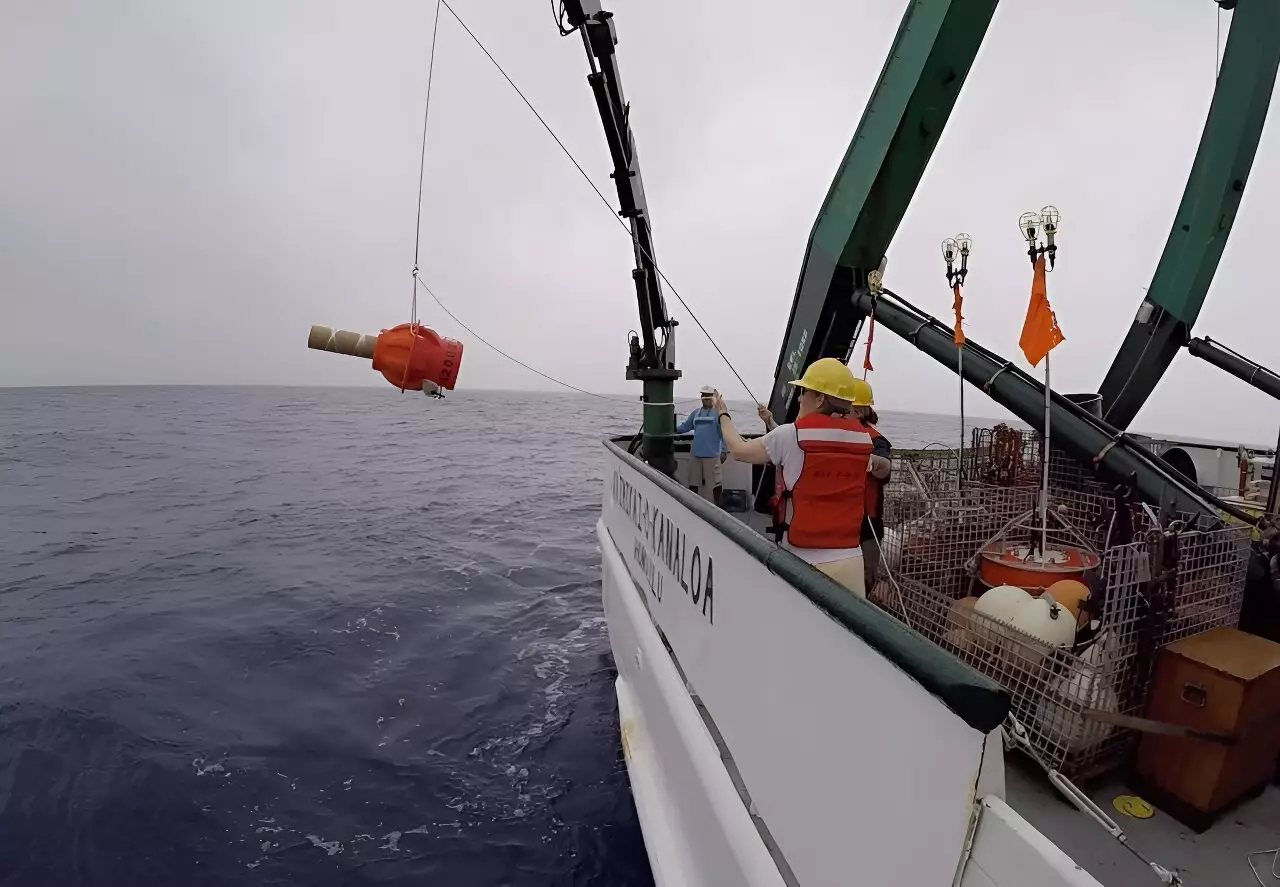Recent advancements in oceanographic research, particularly the findings published on September 19 in Geophysical Research Letters, shed light on the critical issue of deep ocean warming. Using innovative technology like Deep Argo floats, scientists are now able to gather unprecedented data that reveals warming trends in the deep ocean, specifically measured at rates between 0.0036 and 0.0072°F (0.002 to 0.004°C) annually. This information adds significant clarity to our understanding of global warming, particularly since the ocean absorbs approximately 90% of the excess heat generated by climate change.
As ocean temperatures increase, various ecological and atmospheric systems are affected. Greg Johnson, an oceanographer from NOAA’s Pacific Marine Environmental Lab and the lead author of the study, emphasized the importance of recognizing ocean warming as a major factor influencing climate change. A deeper understanding of these processes helps predict future consequences like sea-level rise and extreme weather patterns.
The role of Deep Argo floats has been pivotal in enhancing the quality and scope of oceanographic research. These advanced robotic systems are capable of measuring temperature, salinity, and other vital parameters at depths of up to 3.7 miles (6,000 meters). Prior to their deployment, measurements of deep ocean temperatures were limited, leading to significant uncertainties in our understanding of these complex systems.
The initial deployment of Deep Argo floats was in 2014 in the Southwest Pacific, near New Zealand, and since then, this network has expanded into other regions, including the South Atlantic and the North and South Indian Oceans. This expansion enhances the data pool, allowing scientists to refine their models and predictions regarding deep ocean changes.
One of the standout findings from the latest research is the identification of specific geographic areas where deep ocean warming is most pronounced. Notably, the waters around Antarctica and Greenland are now highlighted as hotspots. The warming waters off Antarctica play a critical role in the ocean’s heat distribution as they flow northward, influencing weather patterns far beyond their origins.
In contrast, the deep ocean off Greenland has experienced alterations due to climate change. The influx of freshwater from melting ice caps has disrupted the sinking of colder, denser waters, which traditionally contributed to essential ocean circulation patterns. This disturbance poses risks not only for oceanic ecosystems but also for global weather patterns.
The insights gained from this study significantly bolster climate models designed to forecast future ocean and atmospheric temperature changes. Accurate modeling of these variables is crucial for anticipating the frequency and intensity of extreme weather phenomena, along with their consequent societal impacts. Climate models that incorporate the deep ocean’s dynamics will lead to more robust predictions related to sea-level rises and changes in precipitation rates.
Moreover, the cumulative data from the Deep Argo network enhances our understanding of how ocean salinity and temperature patterns may evolve—a vital aspect of deciphering long-term climate scenarios. Johnson pointed out that while early observations hinted at a warming trend off Antarctica, the recent data have halved the uncertainties associated with this trend, providing scientists with a clearer picture.
Looking forward, the vision for Deep Argo floats includes the establishment of a comprehensive global array capable of continuous monitoring. This advancement will not only tighten the timelines for tracking warming rates but also allow scientists to detect shifts over shorter periods. As climate change continues to escalate, the need for detailed and accurate oceanic data becomes ever more urgent.
In an era marked by climate uncertainty, the work conducted under the Argo Program, which has been instrumental since its inception in 1999, serves as a beacon for future oceanic research endeavors. By utilizing a combination of advanced technology and collaborative data-sharing efforts, researchers are now better equipped to address the pressing challenges posed by climate change, aiming to safeguard both human populations and natural ecosystems alike.


Leave a Reply